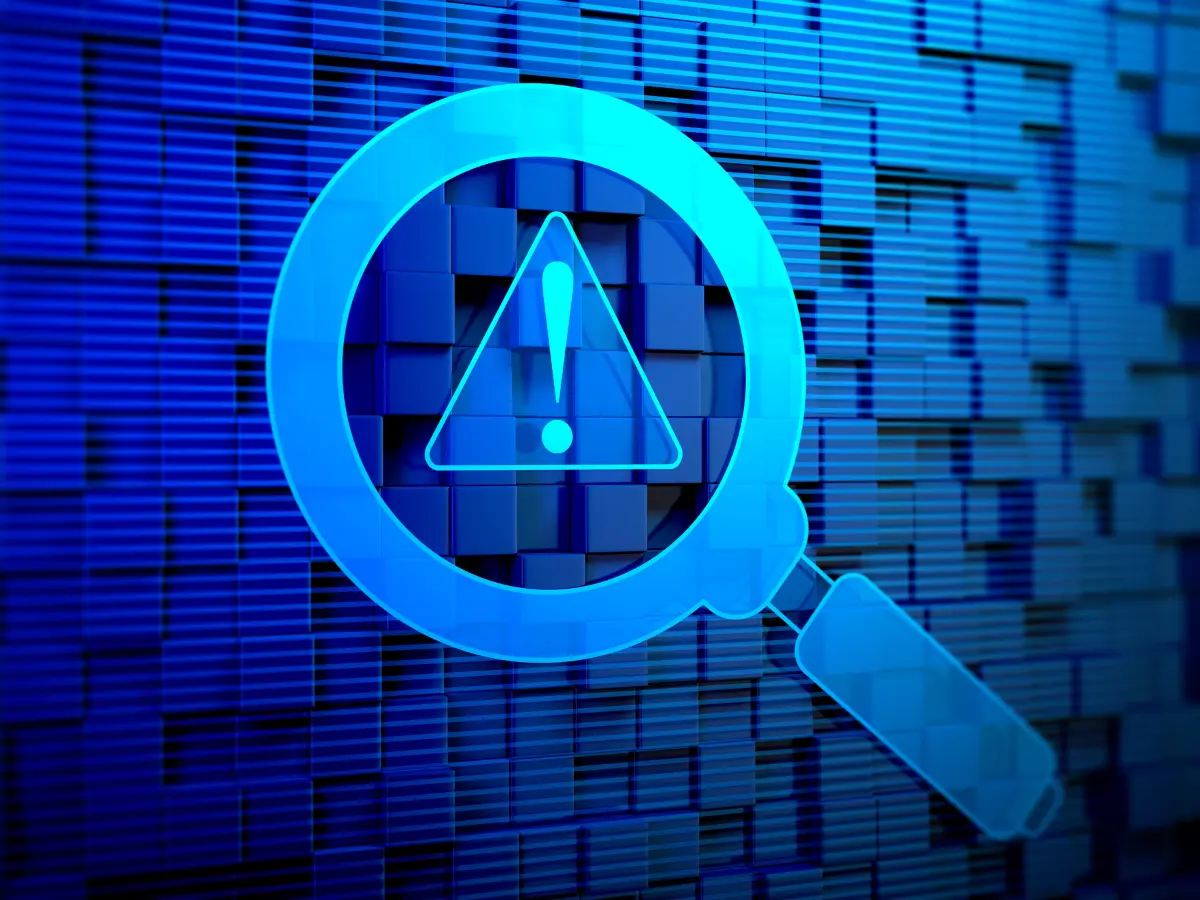As an organisation, you will gather, process, use, and store data—both consumer data and the enterprise’s own data (financial reports, marketing strategies, employee information, etc.). But you’re at risk of constant data leaks, and a data leakage protection system is important to prevent reputational damage, financial loss, and legal consequences.
What is Data Leakage Protection?
Data leakage protection is the total cybersecurity processes and technologies used to protect sensitive data and business information from loss, corruption, deletion, and, above all, leakage.
Similar to data loss prevention, it’s an all-round cybersecurity measure that ensures organisations keep their data in and simultaneously avert the negative consequences of data compromise. Additionally, data leakage protection (DLP) ensures enterprises maintain compliance with relevant data regulations, e.g., GDPR and NDPA.
What Is a Data Leak?
A data leak happens when sensitive information is accidentally and unintentionally exposed to unauthorised parties. Data leaks can occur via the internet, physically through devices, or as simple as sending emails to the wrong recipients.
Although the term sounds similar to ‘data breach,” where data leaks are usually accidental, data breaches result from malicious intents, especially from the outside.
What causes data leaks?
Data leaks are commonly caused by poor data security that allows just anyone through, weak or stolen passwords, a lack of employee training, and even physical attacks. But data leaks happen in one of the following ways:
Accidental Data Leaks: most data leaks are intentional and occur from mistakes such as sending sensitive mail to the wrong recipient(s). Some happen due to wrong data security settings that usher hackers in.
Insider Threats: Like data protection in the fintech industry, insider threats remain a stumbling block to cybersecurity. A current or former employee or contractor with access to sensitive information may decide to leak it for malicious intent.
Malicious Attacks: To gain access to sensitive data, cybercriminals use several technologies to attack the organisation’s database. These cyberattacks come in the form of malware, ransomware, and phishing attacks. Once unauthorised access is gained, data exfiltration takes place.

Why is Data Leakage Protection Important?
It doesn’t matter whether it’s customer details, financial documents, or even business plans; once data lands in the wrong hands, severe consequences follow.
First is reputational damage; clients will lose trust in the brand, leading to drawbacks in the order of business. Second, for every occurrence of a data breach, fines and sanctions are imposed by data regulation. Take, for example, when the NDPR fined fidelity bank for a data breach. These setbacks incurred from data leaks and breaches destroy business deals and jeopardize more opportunities for the victim company.
Now, digital transformation makes protecting data difficult; every company prefers remote work, and cloud storage is the main deal now. This puts data security in a delicate situation because these serve as an entrypoint for data breaches.
Therefore, businesses must come up with a data leakage protection policy that guards against data loss or leakages.
How Does Data Leakage Protection Work?
A data leakage protection solution works by scrutinizing the content and context of data moving in, out, and around the organization. It’s an absolute analysis that includes emails and even data sent through text messages.
Safe to conclude, a data leakage protection system carries out:
Content Analysis: where the solution uses a variety of tools and techniques to ensure the specific content of messages and internet traffic meet the predetermined policies.
Context Analysis: the scrutinisation of external factors such as file size and format of a message.
Once a data leakage solution senses the data doesn’t meet the set requirements, it prevents such data from leaving the organization. At the same time, it alerts the data security team of a potential data leak or loss.
Here are some of the techniques most DLP solutions use:
Categorisation: Examines data types to detect sensitive information and prevent potential compliance risks.
Exact file matching: compares unique file signatures to identify identical data sets precisely.
Partial data matching: identifies complete or partial matches of specific file contents.
Statistical analysis: Applies advanced machine learning techniques to automatically detect and flag potential data leak risks.
Regular expression matching: scans for specific data patterns like credit card numbers (16 digits), Social Security numbers (9 digits), and other structured information formats.

What Are the Features of a Data Leakage Protection (DLP) Solution?
Data leakage protection (DLP) solutions are comprised of cybersecurity tools designed to prevent unauthorised data exposure and safeguard sensitive information across an organisation’s system.
Here are the 7 key features of an effective Data Leakage Protection (DLP) solution:
- Comprehensive Data Discovery Automatically identifies and maps sensitive data across all organizational systems, including endpoints, cloud storage, and networks. This feature provides complete visibility into data locations and allows organisations to understand their sensitive information and spot potential weak points.
- Advanced Content Inspection: This feature carries out content analysis to examine data content. Here, sophisticated algorithms and machine learning are employed to understand the nature and sensitivity of the information; thereby, potential data breaches are detected fast.
- Real-Time Monitoring and Blocking Continuously tracks data movements in real-time, instantly detecting and preventing unauthorized data transfers. Enables immediate intervention when sensitive information is about to be shared inappropriately, creating an active defensive mechanism against potential data leaks.
- Multi-Channel Protection Extends protection across various communication channels, including email, cloud storage, messaging platforms, and removable media. Ensures comprehensive coverage of potential data exfiltration routes, minimizing risks across diverse digital communication and storage environments.
- Granular Policy Configuration Allows organisations to create highly specific, customisable data protection policies unique to their security requirements. Also, it allows for better control over data handling, with the flexibility to set different rules for various departments, data types, and user roles.
- Detailed Reporting and Forensics This generates comprehensive audit logs and detailed reports on data movement, access attempts, and potential security incidents. Provides critical insights for compliance reporting, investigative purposes, and continuous improvement of organizational data protection strategies.
- Adaptive Machine Learning Continuously evolves protection mechanisms by learning from new data patterns, emerging threats, and organisational behaviour. Additionally, this feature ensures the DLP solution remains proactive and intelligent.
Benefits of Data Leakage Protection
The benefits of a data leakage protection system are numerous and straightforward.
- It helps organisations achieve compliance with regulatory requirements like GDPR, HIPAA, and PCI DSS by providing procedures to protect sensitive data. That way, the risk of incurring costly legal penalties is reduced to almost nothing.
- Comprehensive visibility: with a data leakage protection system in place, organisations have deep insights into data flows across departments. So, potential security weakpoints are identified and controlled on time.
- Intellectual Property Protection: the critical business information, including trade secrets, and proprietary data become safe from theft and unauthorised disclosure. The organisation’s prized intangible assets are safe with DLP.
- Operational Efficiency An effective DLP system streamlines data protection processes through automated monitoring and policy enforcement. Therefore, manual security efforts are reduced, allowing IT teams to focus on strategic security initiatives rather than constant data tracking.
- Insider Threat Management: It provides comprehensive monitoring and control of data access and movement by internal personnel. Additionally, it helps detect and prevent intentional or accidental data leaks by employees, contractors, and other authorised system users.
Conclusion
Data leaks happen unintentionally but they are preventable. Investing in a comprehensive data leakage protection system enables the organisation to curb data loss or leaks.
Summarily, the importance of data leakage protection in cybersecurity is immeasurable, as it prevents breaches and boycotts legal penalties from data regulations.
Frequently Asked Questions
What’s the difference between data leak and data breach?
Data leaks are often unintentional and may result from inside the organisation, while data breaches are malicious in nature.
What’s the difference between data leakage protection and data loss prevention?
Data loss prevention primarily focuses on preventing data from being accidentally or intentionally lost, destroyed, or rendered inaccessible. While Data Leak Protection specifically targets unauthorised data exposure or transmission outside organisational boundaries.
What does DLP stand for?
DLP may stand for data leak prevention, data leakage prevention, data leak protection, data loss prevention, or data loss protection










